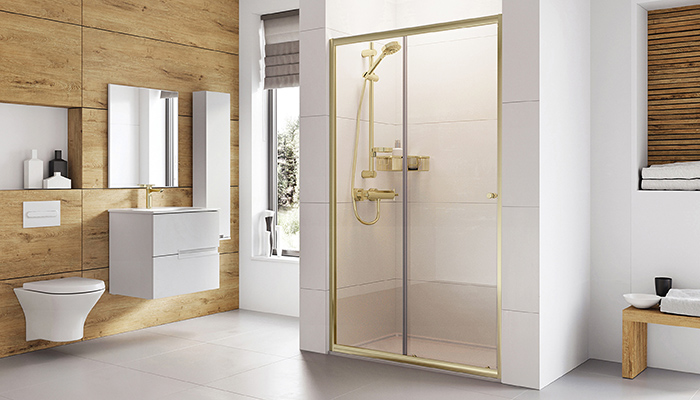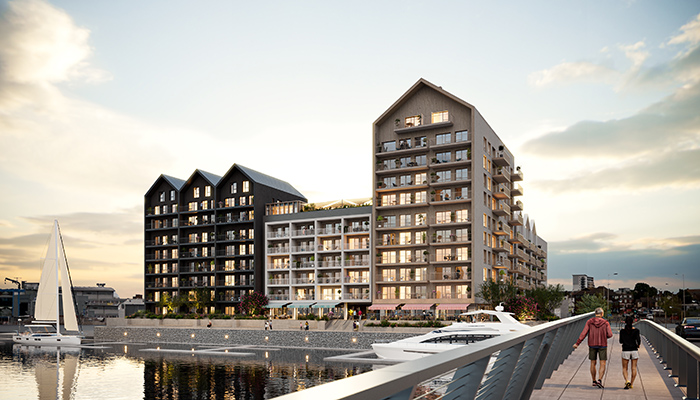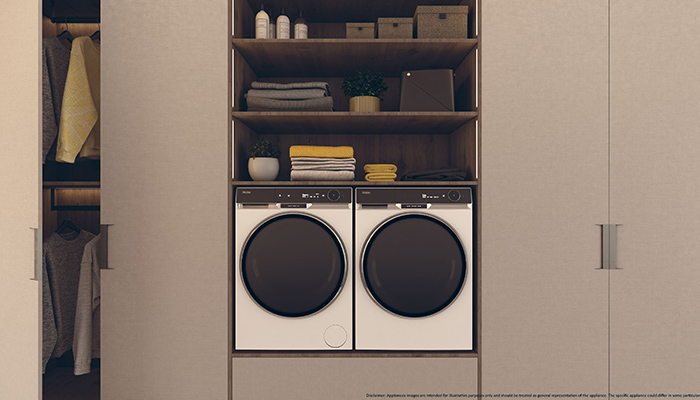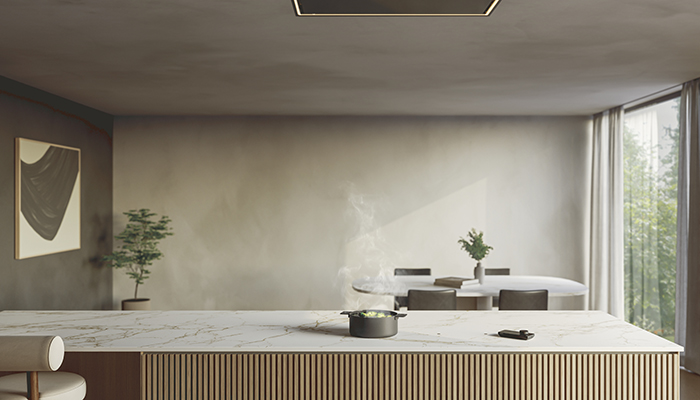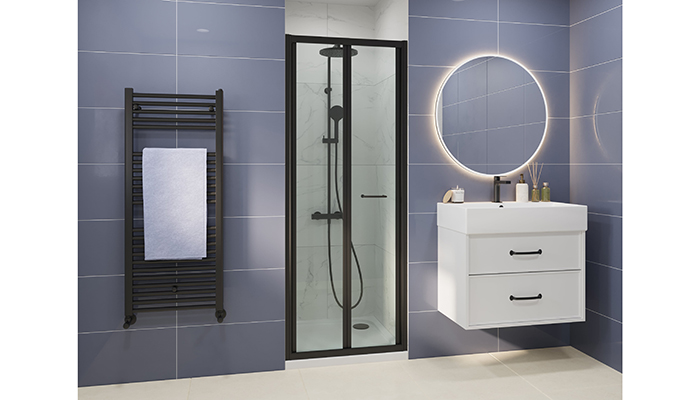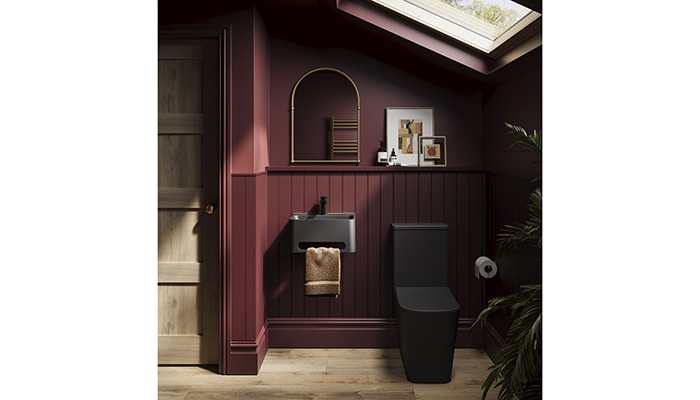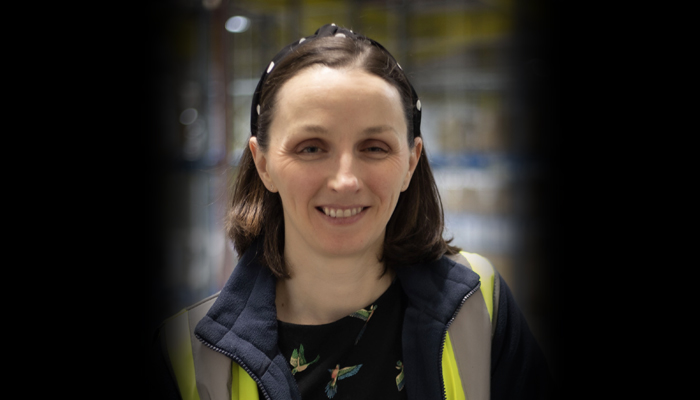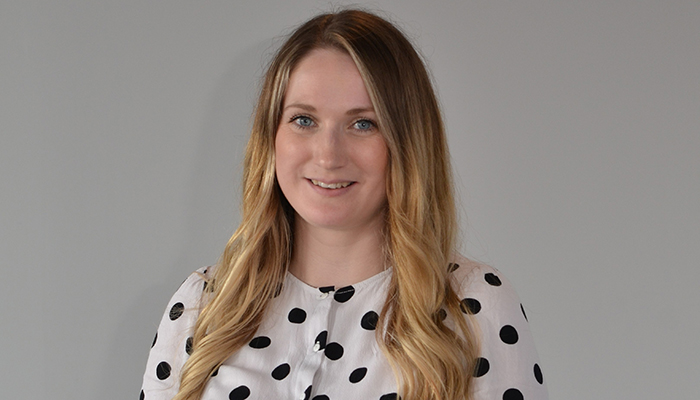The results of the latest consumer purchasing behaviour report carried out by Trend-Monitor on behalf of the Bathroom Manufacturers Association are in, and make interesting reading – overall, consumers' priorities are beginning to shift, says BMA chief executive Tom Reynolds.
The BMA recently teamed up with Trend-Monitor to find out what goes through consumers' minds when purchasing a bathroom in 2022. A lot has changed in the wider world: a global pandemic, new ways of working and now a cost-of-living crisis. Does this change how consumers think when embarking on a bathroom project?
To some extent, no. Research priorities and sources of information haven't differed much, and the bathroom fitter remains hugely influential. However, the average bathroom budget has shot up by 61% since 2018. Our research also shows an increased tendency for consumers to shop around.
For me, the most significant observations we've been able to make have been around how consumers are now wanting to future-proof their bathroom installations. Partly that is about sustainability. The number of consumers who checked the manufacturer's sustainability credentials before purchasing has doubled in the last year. In 2022 nearly 50% of consumers agreed with the statement 'I choose products based on their water efficiency rating', compared to just 30% in 2020 and 2021.
Customers have also become increasingly accustomed to clever tech in their homes. As many as 19% wanted to incorporate 'smart' products into their new bathroom. Still, at the purchase stage, only 8% of our respondents indicated that they had purchased a 'smart' bathroom product. On further investigation, only half of these products were really 'smart'. For whatever reason, we're letting customers down on the tech front.
Future-proofing is also about changing family needs. Our society continues to age, and more and more homeowners are considering how and where they want to live as they approach their autumn years. There is a definite and slow-growing trend to future-proof for old age; it was the primary motivation behind 5% of new bathroom installations in 2022 compared to just 1.4% in 2016.
Similarly, a third of UK households are multi-generational, with this household type set to increase. The trend is driven by elderly relatives deciding to live with their offspring rather than going into institutional care and adult children living with parents for longer. Around 10% of new installations were additional bathrooms, with more and more needed because of large or extended family.
As an industry, we must consider whether our products and project designs fully cater to consumers who want a beautiful bathroom with longevity created in anticipation of changing needs.

